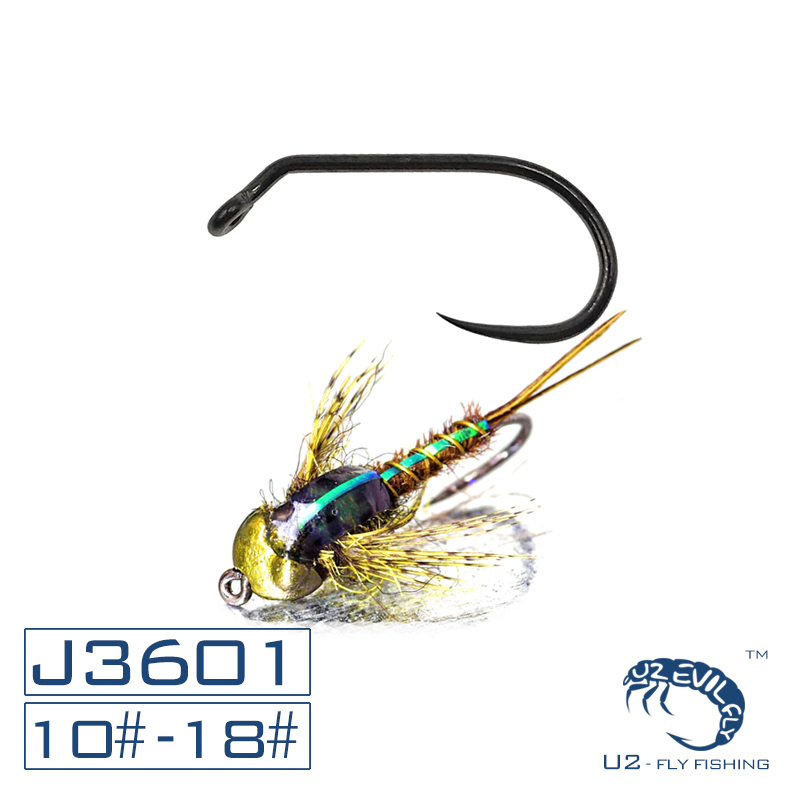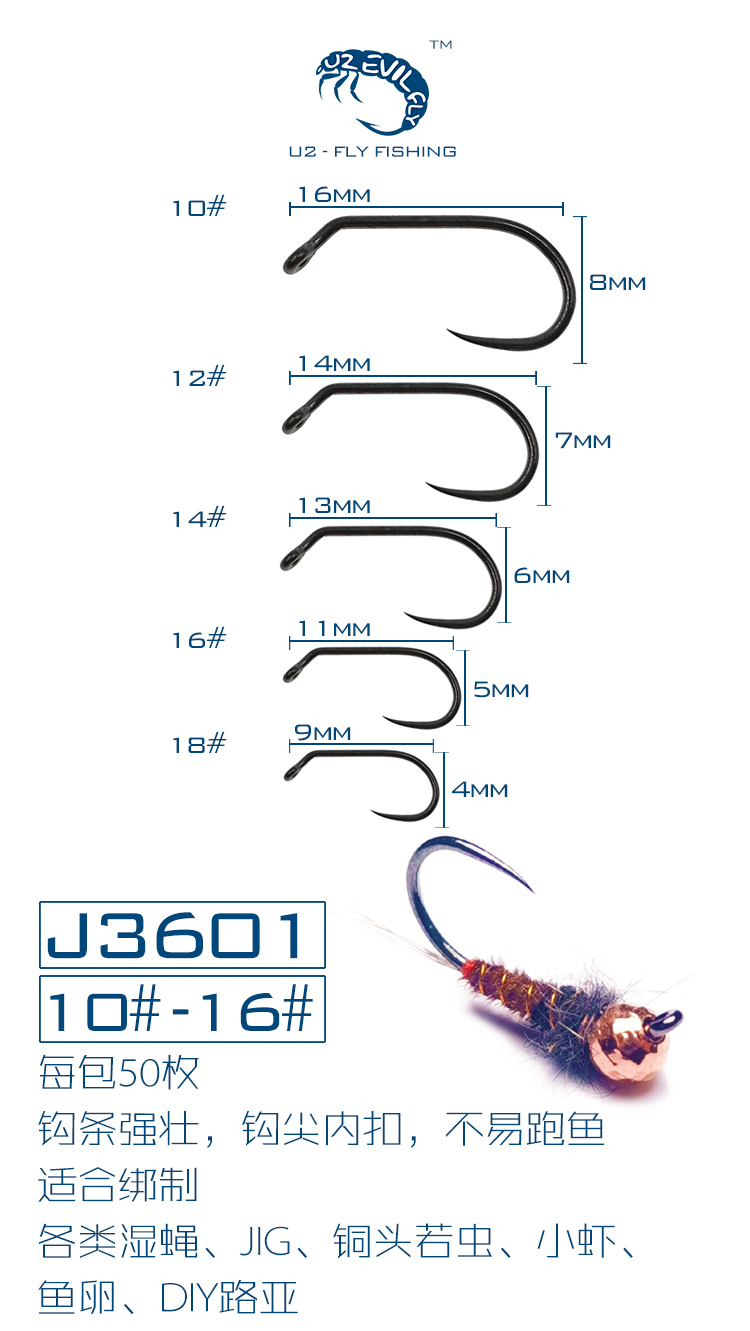Fly fishing, a time-honored angling technique with roots dating back centuries in Europe and now celebrated worldwide, is an intricate and sophisticated method of fishing that extends far beyond the mere act of catching fish. This refined pastime is not just a sport; it’s an art form, a meditative practice, and a profound connection to the natural world.

The Technique In fly fishing, anglers employ artificial flies – meticulously crafted imitations of aquatic insects, crustaceans, or juvenile fish – as bait. The aim is to allure a variety of freshwater or saltwater gamefish, although trout, salmon, and char are traditional targets. What sets fly fishing apart from other forms of angling is its unique tackle system and casting style. Unlike regular fishing where the weight of the lure pulls the line, fly fishing casts rely on the weight of the line itself to project the nearly weightless fly with precision onto the water’s surface or at specific depths.
The Gear and Casting A specialized tool at the heart of fly fishing is the fly rod, designed with a flexible action that channels the energy from the caster’s wrist and arm through the line. Casts are executed using a series of elegant looping motions, each requiring skill and control. From overhead casts to Spey casts, mastering these techniques can be both challenging and deeply satisfying.

Understanding the Environment Fly fishing also demands a deep ecological knowledge. Anglers must understand the life cycles and feeding behaviors of their target species, as well as interpret water conditions to predict fish locations. It fosters environmental awareness and conservation, often leading practitioners to advocate for clean waterways and sustainable fishing practices.

The Experience Beyond technique and ecology, fly fishing offers a holistic outdoor experience. It intertwines craftsmanship (in tying flies), strategic thinking (in reading the water), physical dexterity (in casting), and a profound appreciation for nature’s tranquility. For many devotees, fly fishing becomes a lifelong journey of balance between human and environment, an opportunity to immerse oneself in the serenity of rivers, lakes, or oceans while engaging in a pursuit that requires equal parts mental acumen and physical skill.
In essence, fly fishing is a narrative woven by patience, persistence, and passion, a testament to the enduring bond between humanity and the wild. Each cast, each retrieve, and each moment spent along the water’s edge is a chapter in this timeless story, revealing the beauty and complexity inherent in this captivating sport.